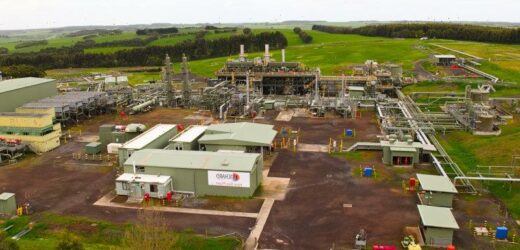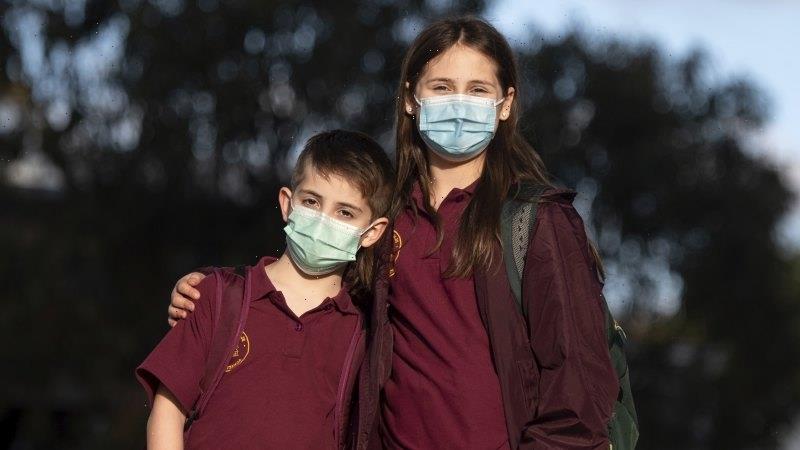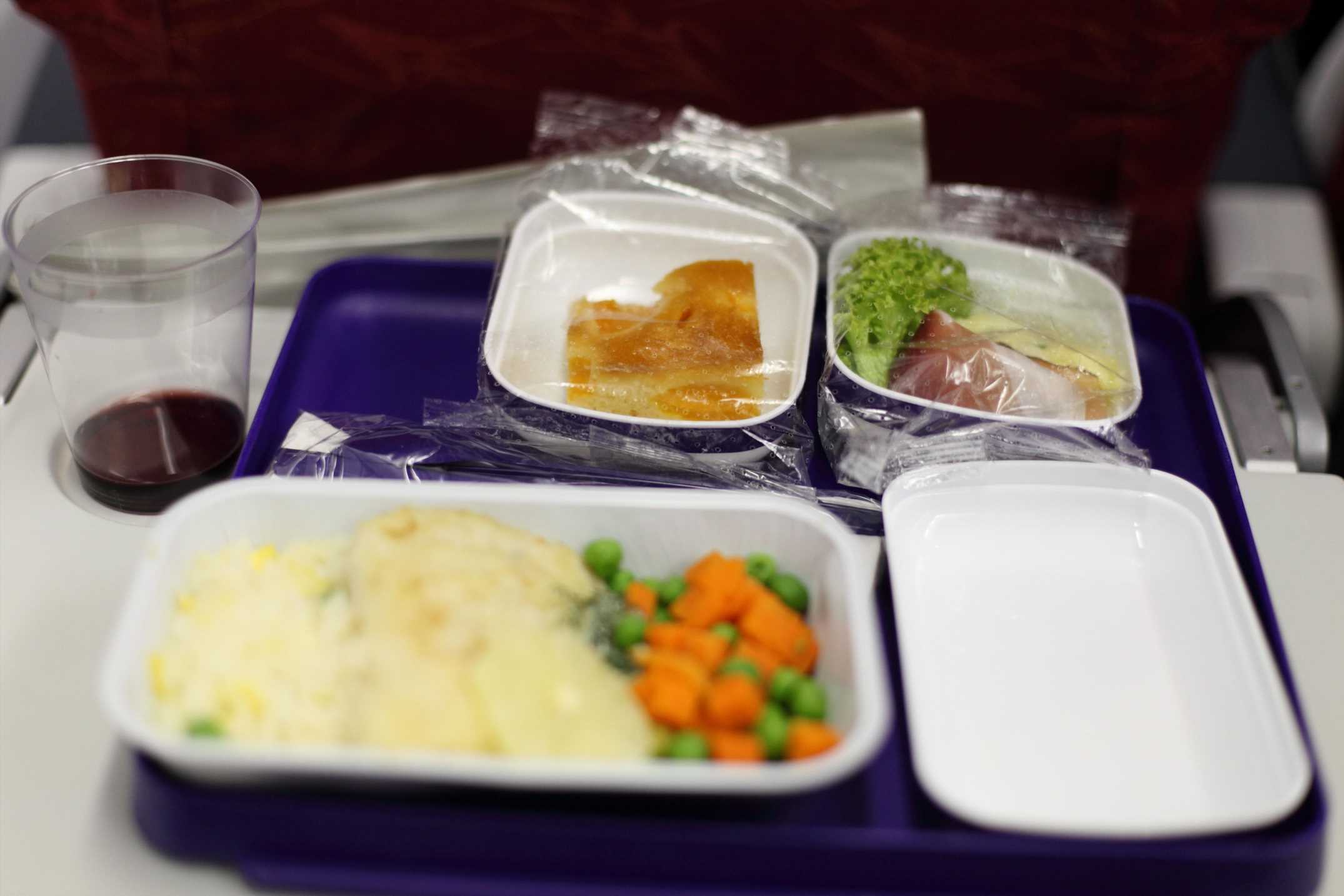Australia’s energy market operator has again been forced to intervene to stop Victoria from running out of gas for power generation, ordering Queensland producers to pipe gas south instead of shipping it overseas to cash in on soaring world prices.
The Australian Energy Market Operator on Tuesday evening confirmed it had triggered the so-called gas supply guarantee, allowing it to order Queensland suppliers to send more gas to NSW to free up gas for Victorian power generation.
Lochard Energy’s Iona underground gas storage plant in Victoria is being drained to dangerously low levels thanks to this winter’s soaring gas demands.Credit:
The market operator also revealed its efforts to stop gas being rapidly depleted from Lochard Energy’s Iona gas storage facility, located near Port Campbell, had fallen short.
It warned reserves at the facility were still being drained too quickly by Victorian power producers racing to keep up with winter demand, although other states had stopped buying gas from the plant.
As reported in The Age and The Sydney Morning Herald on Monday, Victoria is the only state in which a $40-per-gigajoule price cap on gas remains in place to keep a lid on soaring wholesale prices. The cap, which was triggered automatically at the end of May under Australia’s gas market rules, prompted NSW and Queensland to get more of their gas from the Iona facility, which is the largest independent provider of storage services to the east coast gas market.
Victorian Energy Minister Lily D’Ambrosio confirmed that AEMO triggered the gas supply guarantee, saying it would force big energy companies to behave more transparently.
“When you’ve got greater transparency in the market, the market starts changing its behaviour, and, frankly, the market has been able to get away with too much here,” D’Ambrosio told ABC radio.
“More visibility should mean, as it did in April [when the guarantee was last triggered], that gas goes to where it’s needed,” she said.
In a statement released on Tuesday night, AEMO said gas producers and pipeline operators had responded positively to the request for additional gas supply.
It said challenging generation conditions experienced from early June continued in the national electricity market.
“This has resulted in a greater reliance on gas-powered generation and larger than forecast inventory reduction at the Iona gas storage facility in Victoria.”
Last month, AEMO made the unprecedented decision to briefly suspend the whole east-coast electricity market to restore calm to the volatile system.
Since the start of the month, storage at the Iona facility, which can hold up to 26 petajoules of gas, has plummeted from 59 per cent to just 42 per cent of capacity.
“This rate of reduction is still too high,” AEMO said.
It said under the current rate of decline, gas storage at Iona would hit a critically low threshold of just six petajoules on August 6. That would leave the facility with insufficient pressure to keep up with supply, risking the stability of the east coast gas grid.
In a statement, owner Lochard Energy said Iona’s customers generally withdrew most of their gas in storage during winter and refilled it once the season had passed each year.
“We are currently at the point of peak winter demand and high withdrawals from Iona are to be expected,” the company said. “The current levels of inventory are broadly in line with expectations given the purpose of the facility.”
The latest gas supply worries highlight the fragility of Australia’s gas network. Australia remains one of the world’s largest producers of natural gas, but it exports about three-quarters of what it produces.
In 2019-20, for example, Australia produced 5945 petajoules of gas, of which 4393 petajoules, or 74 per cent, was shipped overseas. That left 1647 petajoules for domestic use, including power generation, heating and manufacturing, according to figures from the Department of Industry, Energy, Science and Resources.
Supply woes this winter have prompted fresh calls for an east coast domestic gas reservation policy, ensuring supplies are set aside for Australian users before gas can be exported.
The electricity sector is recovering from the shortages last month, but the head of the national energy regulator warns the outlook remains fragile, with ageing infrastructure and increasing demand the biggest challenges to the network.
AEMO chief executive Daniel Westerman told an industry conference on Tuesday that a recovery had started after the east coast electricity system was plunged into chaos in June, but the country was not out of the woods yet.
“The situation in both gas and electricity remains pretty fragile,” he said. “The reliability of our ageing fleet [of power plants] will continue to be critical for the years ahead.
“Wholesale electricity prices remain high and [we are] are considering whether the cumulative price threshold and administered price cap should be modified – it would be unhelpful if this cap were breached again.
“These events have simply underscored the need to accelerate Australia’s energy transition to the cheapest form of reliable electricity.
The Morning Edition newsletter is our guide to the day’s most important and interesting stories, analysis and insights. Sign up here.
Most Viewed in National
From our partners
Source: Read Full Article



